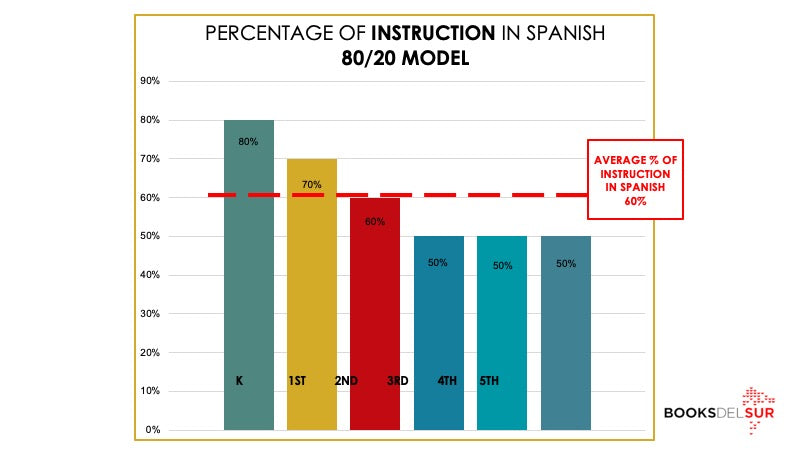
Equitable Resources Allocation and Language Allocation
Quantity Aligns with Language Allocation
When evaluating book collections, the most obvious consideration is the quantity of books. Classroom collections often include teacher’s personal collections, this observation excludes them. There are many opinions on what is the optimal number of books needed to achieve academic achievement. Some suggestions from Mulligan and Landrigan are[i]:
- Fountas and Pinnell’s research suggests that teachers need between 300 and 600 titles in their classroom library.
- The International Reading Association recommends that schools need to have at least 7 books per student.
- The American Library Association suggest 300 titles in a classroom library with supplements from a well-stocked school library.
- A School library that meets resource recommendations of 15-20 books per child
- A school library that meets resource recommendations of 15-20 books per child.[i]
- Lucy Calkins wrote … ‘a general rule of thumb when provisioning for libraries is about 30 books per child as a starting point.’
- Kelly Gallagher (author of Readicide) suggests ‘that nothing less than a classroom book flood will suffice- not 200 titles but 2,000’.
These suggested numbers do not consider language of instruction; therefore, dual language programs must account for the language allocation. The book collections should reflect such language allocation. Furthermore, if a school has a combination of bilingual and monolingual classrooms then it is important to consider the ratio of the students in each program or linguistic space.
Language allocation as defined by Beaman and Urow is, “Using instructional minutes allocated for the day or week (do not include specials or lunch/recess), determine how much instructional time students spend in Spanish and how much of their instructional time is in English.”[ii]
Percentage of the day instructing in Spanish should equal the percentage of Spanish books in the school. For example, if the entire school followed the language allocation of 80% Spanish, 20% English, then 60% of the books should be in Spanish.

However, it is important to consider the whole school population. For example, if half of the school population is monolingual and the other half dual language then the ratio of materials should reflect the ratio of the student population and their language allocation.
For example:
| Grade | Dual Language | English Language |
| P | 1 | 5 |
| K | 2 | 6 |
| 1 | 2 | 6 |
| Total | 5 | 17 |
| Percentage | 23% | 77% |
Therefore, 23% of the books in a whole school library or book room (both shared spaces) should be in Spanish and 77% in English. This ratio supports the student population and their language of instruction.
If you have questions, please contact sales@booksdelsur.com or set up a meeting with us!
[i] Mulligan, T., & Landrigan, C. (2018). It's all about the books: How to create bookrooms and classroom libraries that inspire readers. Heinemann.
[i] "Highly effective school libraries have a common set of characteristics", American Library Association, October 24, 2011. http://www.ala.org/tools/research/librariesmatter/highly-effective-school-libraries-have-common-set-characteristics
[ii] Beeman, K., & Urow, C. (2013). Teaching for biliteracy: Strengthening bridges between languages. Caslon Publishing.

Leave a comment